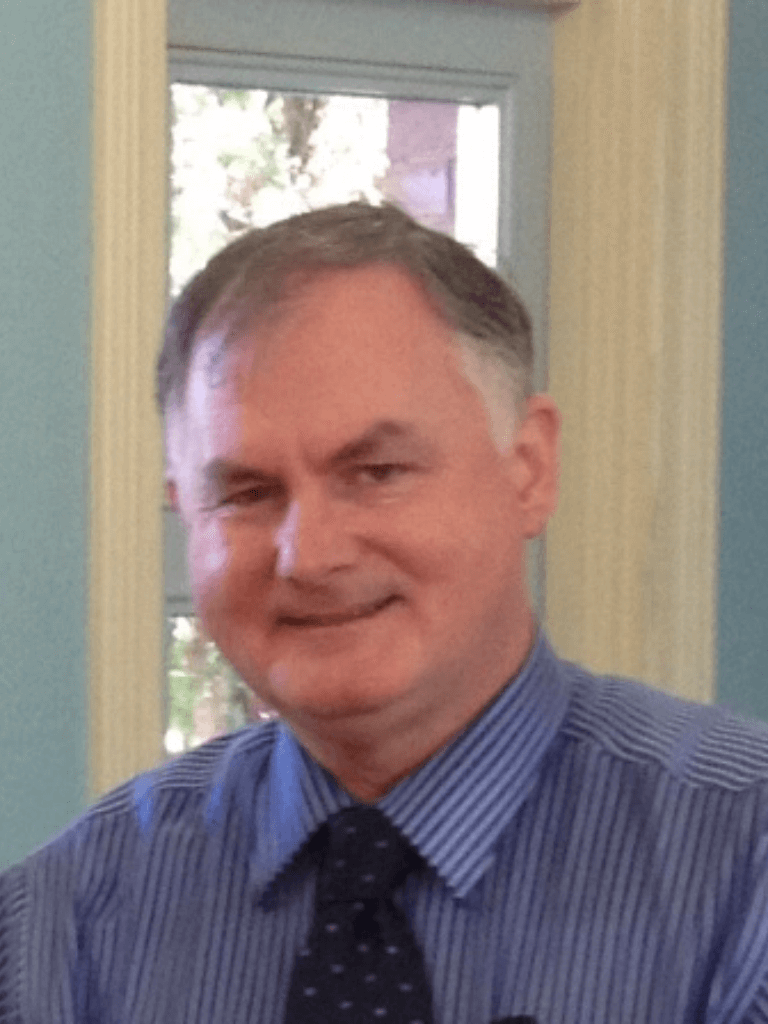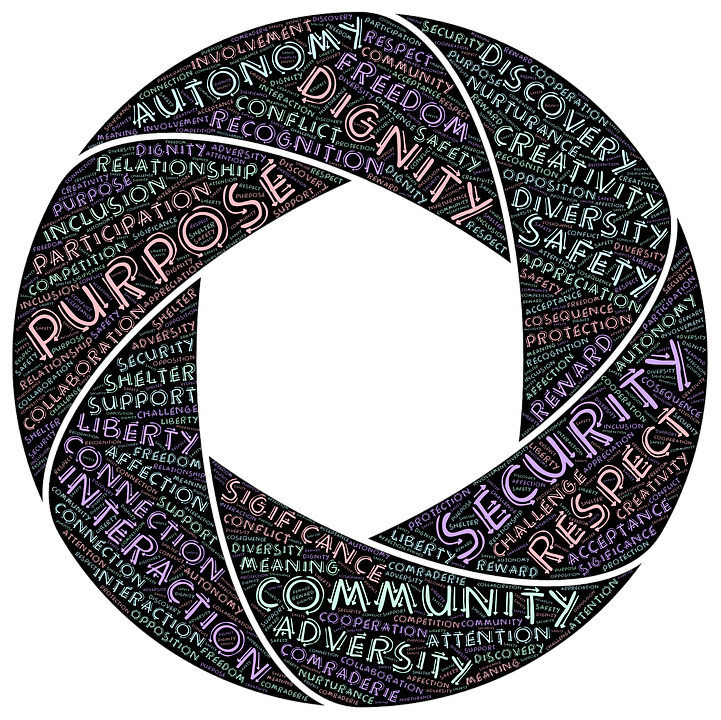Renewal and Transformation

For last year’s words belong to last year’s language
And next year’s words await another voice.
T.S. Eliot (1942) ‘Little Gidding’
Every December brings with it a certain amount of joy, exuberance and happiness. Every New Year brings with it a renewed sense of optimism, hopefulness and most likely a heightened sense of prosperity for the year ahead.
T.S. Elliot writing his great masterpiece ‘Little Gidding’ did so in 1942, in the midst of air raids over England during World War II. His search is for perspective within his time, raising questions about humanity and the need for renewal. It is a classic piece of literature that brings into sharp relief, the very questions that we should be asking, not just at the end of each year but rather at the end of each day. These can be as simple as:
- What did I do today?
- What are 3 things I achieved today?
(Note: What you did and achieved can be different) - What is 1 thing I could have done better? How?
In the context of an organization, it is important to think of organizations, including Government agencies, as being organic. That is to say, they have their own pulse, their own way of speaking, their own culture, their own way of listening, their own code of ethics, simply their own way of being. In this context, there is such a thing as ‘organizational health’ and just like every human on the planet, it is near impossible to always be healthy, all of the time.
The organic view of organizations, of course, raises several questions. For example, how are new ideas surfaced and ventilated within the organization? How do junior members of staff find a voice within the organization? How does the organization stand for the values that it espouses and voice those concerns publicly, when necessity requires it? These are essential questions for leadership to reflect on and respond to, especially in policy settings.
In the context of a Government agency, renewal of the organization is somewhat complex, as it will inevitably involve the input and agreement of elected officials responsible for that agency. It is not uncommon for Government agencies to experience change paraded as ‘renewal’ after an election and change of Government. Typically, the ‘renewal’ is more political than structural.
Nonetheless, the renewal of any Government agency should typically begin at the top, with what might be called the ‘Leadership Group’ or ‘Board’. The Australian Institute of Company Directors notes that:
“All boards need periodic renewal to avoid entrenched positioning and to ensure fresh thinking. Structurally, this can be achieved by defining specific terms of office in the organization’s constitution so directors retire in a predictable and regular manner, or by simply having a board policy on director retirement.” Australian Institute of Company Directors. (2017). Achieving Board Effectiveness (Module 9) from ‘The Company Directors’ Course’. Sydney. Australian Institute of Company Directors. p. 47.


Change is a constant but renewal is the critical challenge.
One way of achieving this is to look at what the objectives are for the organization and to undertake an evaluation of the ‘Board’ and its effectiveness to the organization. Whilst a Board must undertake its Governance duties with propriety, it should also be adding value to the organization in general. The same is true of other key positions in the organization as well. Indeed, Harvard Business School Professors Michael Tushman and Charles O’Reilly as long ago as 1999 noted:
“To avoid the cyclical trap of success-failure-rebirth, firms need to develop competency in simultaneously sustaining a dual management focus; one that concentrates on meeting the challenges of today’s marketplace, another with its eye firmly set on a very different world that lies beyond the bend.”
(Tushman. M., O’Reilly. C. (1999). ‘Leading Change and Organizational Renewal’ in Harvard Business School: Working Knowledge (16 November 1999).
Around the same time (in 1998), David Ivers, drawing on the notion of Entropy found in the Second Law of Thermodynamics in Physics, also made a connection to this need for a renewal that goes beyond the cycle of success-failure-rebirth, to the organization’s search for meaning.
“If the designated leaders within an organization, do not take the time, the effort or the energy to draw meaning from the abyss of complexity that intertwines itself throughout the organization, if they do not build an organization that is capable of finding meaning, sometimes in the ethereal dimensions of the same organization, then the manager has not only lost sight of the organization’s vision and prime function, but has also lost sight of the purpose of management itself. If nomos is to be sought and found, then the organization must periodically check its continual search for meaning.” (Ivers, D. (1998). Managing From The Edge, Working From The Centre: Organisations, Complexity And The Search For Meaning.
I would add in 2018, that they will also have lost sight of the purpose and value of leadership in general, to the organization. Change is a constant but renewal is the critical challenge.
How does a leader go about the process of renewal? Typically, renewal takes time and planning. It simply doesn’t just happen!
The Australian Institute of Company Directors, quoting the work of Kiel, Nicholson and Barclay 2005, suggest that any Board evaluation should answer the following questions.
- What are our objectives?
- Who will be evaluated?
- What will be evaluated?
- Who will be asked?
- What techniques will be used?
- Who will do the evaluation?
- What will you do with the results?
(Kiel, G., Nicholson, G., and Barclay, M. (2005). Board, Director and CEO Evaluation,
Sydney, McGraw-Hill)
Of course, what needs to be kept in mind is that organizations are comprised of humans. The one thing about humans is that at times they can be annoyingly human!
Organizational renewal and transformation must, therefore, involve personal / employee transformation and renewal. According to Cultural Anthropologist Rev.Dr. Gerard Arbuckle SM (1988. pp 57-61), one of the important aspects of organizational renewal is honoring the ‘prophets’ that are in our midst. Writing about the renewal of religious orders in Christianity, Arbuckle sees the ‘prophet’ as having an important role in the process of renewal. Fundamentally the purpose of the ‘prophet’ is to keep the vision that we are striving to achieve uppermost in our minds. They criticize when needed, the people for creating the gap between the vision and the lived reality. At the same time, they know how to energize the people within an organization, so that the collective might one day close the gap between the vision and the ongoing reality. In Christian Theology, ‘prophets’ are not seen as ‘soothsayers’ or people who can ‘see the future’. Rather the ‘prophet’ is someone who can read the signs of the times, interpret them and guide people accordingly.
According to Arbuckle, the ‘prophet’ has a special role within the organization.
- Memory: They are the creative, dynamic and questioning memory of the organization.
- Creative Imagination and Listening: The ‘prophet’ rejects the distorted culture in which they live (and work), for they measure it against the vision they know can and should be realized.
- Community-Oriented: ‘Prophets’ are not loners, even if they are marginalized by the people for whom they work. They call people to a deeper sense of community and belonging.
- People of Faith, Love and Prayer: The faith, love and extraordinary courage of the ‘prophet’ is sustained and constantly nourished through their listening and talking. Arbuckle sees them as having a richer Inner-Life which gives them the ability to lead outwardly.
- Patient in Hardwork, Marginalization, and Suffering: The ‘prophets’ work very hard, are often marginalized because their message (closing the gap between the vision and the reality) is not acceptable to a people enthusiastically subscribing to a set values that may be in competition with the values needed to support the vision espoused.
(Paraphrased from Arbuckle, G. (1988). Out of Chaos. New York. Paulist Press. pp. 57-61)
Even though Arbuckle is writing in the context of renewing Christian religious orders, in an organizational context, his notion of honoring the ‘prophets’ that exist in each organization is very important and often overlooked in some change management practices and organizational renewal programs. It means our leaders need to evolve a ‘prophetic nature’ to their leadership.
T.S. Elliot summarised all of this when he wrote:
With the drawing of this Love and the voice of this Calling
We shall not cease from exploration
And the end of all our exploring
Will be to arrive where we started
And know the place for the first time.
T.S. Eliot (1942) ‘Little Gidding’
In the twenty-first century organization, be it a Government agency or a Stock Exchange listed company, ‘Adaptive Leadership’ usually requires the leader to work both on themselves (including their Inner-Life), as well as their team, in order to be effective outwardly to the rest of the organization and to the customers and clients that the organization seeks to serve. This is often taught in Professional Programs of Education in Leadership conducted by Harvard Graduate School of Education.
In order to bring about the personal transformation, individually and within team members, it is important to identify where each person’s ‘Immunity to Change’ can be found. In their ground-breaking work ‘Immunity to Change’, lecturers from Harvard Graduate School of Education, Professor Robert Kegan and Dr Lisa Laskow Lahey give insights as to how this might be achieved collectively.
- What is the ‘collective commitment’ to be achieved?
- What are we ‘doing or not doing instead’?
- What is the ‘collective hidden competing commitment’?
- What ‘collective big assumptions’ are we making?
(See Kegan, R., Lahey, L. (2009). Immunity to Change. Boston. Harvard Business Press. p, 97)
As the collective answers these questions in detail, it should reveal what you are trying to achieve, what the obvious and hidden blockages are and whether your big assumptions are preventing the team/organization from seeing a different picture. Those big assumptions must be tested to ascertain the veracity of the truth behind those ‘big assumptions’ and whether or not they are in fact part of the problem or the solution. This should be then fed into policy settings and lead to necessary adjustments within the policies and procedures of the organization. It means bringing the words of documents such as policies, strategic plans, vision and mission statements, to life.
Renewal is meant to be a constant, not a one-off event. To transform personally and organizationally, is for the individual and the collective, to work together, in a unified commitment of continuous improvement, not yearly but rather daily. This adds value and enriches both the organization and the individual but more importantly empowers the creative tension that will always exist between the organization and the individual, the gap between reality and the vision.
What we call the beginning is often the end
And to make and end is to make a beginning.
The end is where we start from. And every phrase
And sentence that is right (where every word is at home,
Taking its place to support the others,
The word neither diffident nor ostentatious,
An easy commerce of the old and the new,
The common word exact without vulgarity,
The formal word precise but not pedantic,
The complete consort dancing together)
T.S. Eliot (1942) ‘Little Gidding’

CAREER ADVICE

GOV TALK
